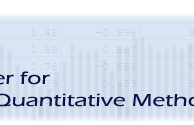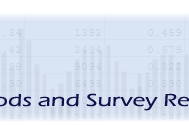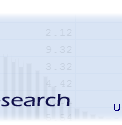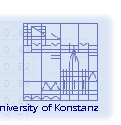






|
Contemporaneous Aggregation of Time Series Data Project Description
Time series data in economics and social sciences are often constructed by aggregating over cross-sectional units such as individuals, sectors, states or countries. This type of aggregation is referred to as contemporaneous aggregation. One example that highlights the importance is the construction of area-wide time series for the Euro area. Contemporaneous aggregation may change the dynamic properties (e.g. the persistence) of the time series data in a substantial way, such that often more complex time series models are needed for the aggregate. In this project we explore the consequences of contemporaneous aggregation methods for econometric forecasting and structural analysis. We focus on issues that arise (1) when there are structural changes in the data generating processes of some cross-sectional units and (2) when the time series information is missing for some cross-sectional units. These problems are of immense practical relevance and are likely to bias the information contained in the aggregate series and any econometric analysis based on this data. Alternative aggregation methods are developed and their usefulness in econometric forecasting and policy analysis models for aggregates is analyzed.
Principal Investigator: Prof. Dr. Ralf Brüggemann
|